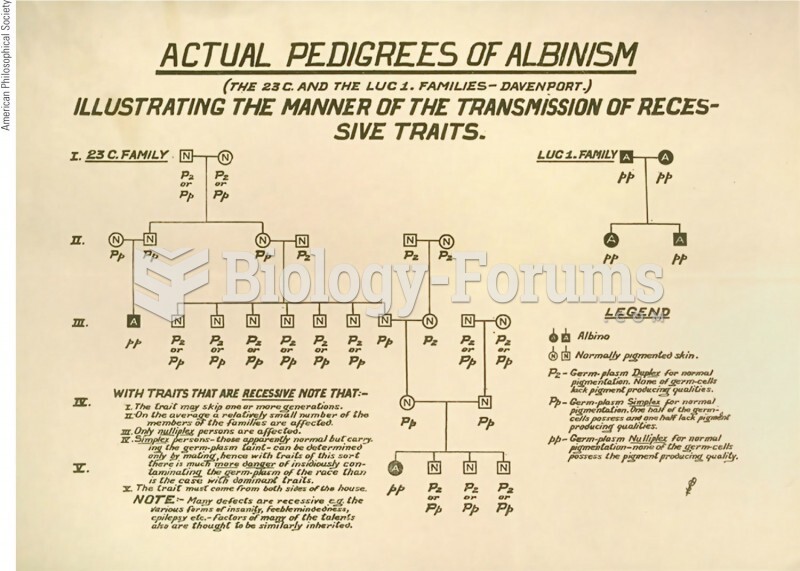|
|
|
Did you know?
Nearly 31 million adults in America have a total cholesterol level that is more than 240 mg per dL.
Did you know?
There are over 65,000 known species of protozoa. About 10,000 species are parasitic.
Did you know?
When intravenous medications are involved in adverse drug events, their harmful effects may occur more rapidly, and be more severe than errors with oral medications. This is due to the direct administration into the bloodstream.
Did you know?
The average human gut is home to perhaps 500 to 1,000 different species of bacteria.
Did you know?
People with high total cholesterol have about two times the risk for heart disease as people with ideal levels.







